Indonesia, an extraordinary country with more than 17,000 islands. We had visited three earlier in this trip — Bali, Nusa Lembongan, and Java — and now we were headed for a fourth, Sumatra.
We had said goodbye to our friends Andy and Jodi in India, but reunited with them in the city of Medan in Sumatra on our way to Gunung Leuser National Park, one of the few places the critically endangered orangutan still calls home. In Medan, we all hopped in a 12-passenger Cessna Caravan operated by SusiAir to get to the small and out of the way village of Kedah on the edge of the park. I was talking to one of the pilots before we took off, and he asked me if I had ever flown into a committed runway. Intrigued, I was not sure what that meant. He told me the runway at the airport that serves Kedah is short and has a tall earth cliff right off one end of it, so there is a point well before you touch down where you are committed to land because you have no chance to go around. He said there were several airports like that in Indonesia, but this was the only one in Sumatra. Lucky us! “Well, make sure you get it right,” I said to him. They did, and it was pretty interesting to see.
 Here we are on approach — you can see the cliff at the end of runway.
Here we are on approach — you can see the cliff at the end of runway.
 And here is the view of it from the runway.
And here is the view of it from the runway.
We were picked up at the airport by a character named Mr. Jally, the chain smoking owner of the place we stayed, who is promoting conservation in the park by doing things like giving locals who are out hunting small birds enough money to buy a chicken instead. The government doesn’t/can’t do a great job of protecting these places and the animals and plants that live in them, so we are thankful people like Mr. Jally exist. After hanging out at his house for a few hours and eating a good lunch cooked by his wife, we had two kilometers ahead of us to hike in to where we were staying, the Rainforest Lodge. Although this name may make our digs sound a bit high end, in reality it was much more like camping in a beautifully landscaped spot by the river. We had bucket showers, a Muslim-style, hole-in-the-floor toilet that required a bucket to flush, a foam mattress on the floor, and a sturdy roof over our heads that didn’t leak during the nightly rainstorms. We were given a blanket and pillows once we asked for them, but nothing else was provided — thankfully we had our own TP, soap and what passed for towels. We slept well, and it was only four nights, so all was fine. After all, we were here for three days of hiking to see orangutans, not spa treatments.
 The beginning of our hike to the lodge.
The beginning of our hike to the lodge.
 Out of these four attached rooms, ours is furthest to the left; Jodi and Andy were next to us.
Out of these four attached rooms, ours is furthest to the left; Jodi and Andy were next to us.
The rainforest itself is lush and gorgeous, with extremely large ficus trees and many epiphytes resting on tree branches. Even if we hadn’t seen any wildlife, the forest alone was worth seeing; it was awesome. The hiking itself was hard. It was mostly all up and down, very steep in places, and muddy everywhere. Occasionally we performed some great Tarzan moves when we had to grab onto big vines or small trees for dear life when our footing gave way. We had shipped home our hiking boots well before we knew we were coming here in an effort to lighten our packs. We really missed them. But, Mr. Jally had some cheap, molded plastic cleats on hand that all his guides wore. He happened to have my size so I was quite a bit better off than the rest of our group.
It was all worth it once we saw the orangutans, including a big male, on two different days. They are so very orange with impossibly long arms! Orangutans spend more time in trees than any other great ape, and even build their nests in the top of the trees. They move nests every 2-3 days, and take naps in the afternoon, so it’s easier to find them in the morning. You can see semi-wild orangutans at a few feeding stations in Sumatra and Borneo where they are on the ground. That would have been a lot easier, but we thought it was much better to see truly wild orangutans in the trees after a hard hike — much more rewarding. It was fascinating watching them move through the trees on branches that didn’t look like they could hold their weight. We also saw different kinds of gibbons as well as Thomas Leaf monkeys (of which we got a very brief glimpse and no photos). All of these animals moved through the trees gracefully with incredible ease, and the gibbons create a ruckus that assures you, if you are ever in doubt, that you are in a rainforest. We learned an interesting thing about orangutans: they live in both Sumatra and Borneo, but they spend more time on the ground in Borneo than they do in Sumatra. This is because Sumatra still has tigers, very few unfortunately and we didn’t see any, but Borneo doesn’t have a predator like that. Another interesting tidbit is that the word “orangutan” is derived from the Malaysian words for “person of the forest.”
 A black gibbon watching us from above.
A black gibbon watching us from above.
Our final daytime animal encounter was on our last hike back. We were walking along a rocky riverbank when our guide started pointing in the direction of a downed log that had mushrooms on it. He hadn’t shown any great interest in mushrooms before, so were surprised, and he was insistent. Then we saw it. A six to seven foot python was being carried down the river and over the small rapids, out of sight, having just eaten something. It was a little freaky in that, first, we didn’t know pythons could swim; second, we had waded across that river six hours previously; and third, we still had to go back across that river to get to the lodge. We were all on high alert after that, but saw no more snakes. We saw a lot of mushrooms over the three hikes, mainly but not exclusively polypores. On our last night, we went on an impromptu night walk in the rainforest with Mr. Jally and saw a bunch of cool bugs, the eyes of a civet cat in a tree, and the big highlight for me, bioluminescent mushrooms. I had seen some mushrooms during the day that looked like they might be bioluminescent, but didn’t expect to be able to find out. I think they were mycena, but I didn’t have a camera along and probably don’t even have a camera lens that could do dimly glowing greenish mushrooms justice. But I won’t forget them! There is one other thing we will not forget (or miss), and that is secondhand smoke. It seems that all Indonesian men that we met are at least heavy, if not true chain, smokers. I’m sure the rainforest smelled wonderfully green and outdoorsy, but we would hardly know it because our main guide chain smoked, alternating between unfiltered store-bought cigarettes and ones that he hand rolled (we speculated that one kind was better but the other kind was cheaper). We’ve never breathed that much secondhand smoke in our lives, but at least it smelled more pipe-like than the harsher American cigarette smoke. So it could have been worse! Here are more photos, and I put all the mushrooms at the end



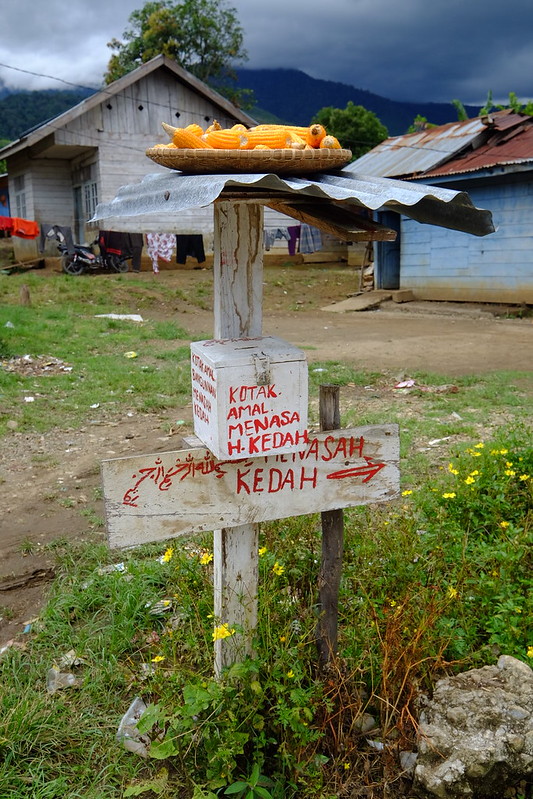
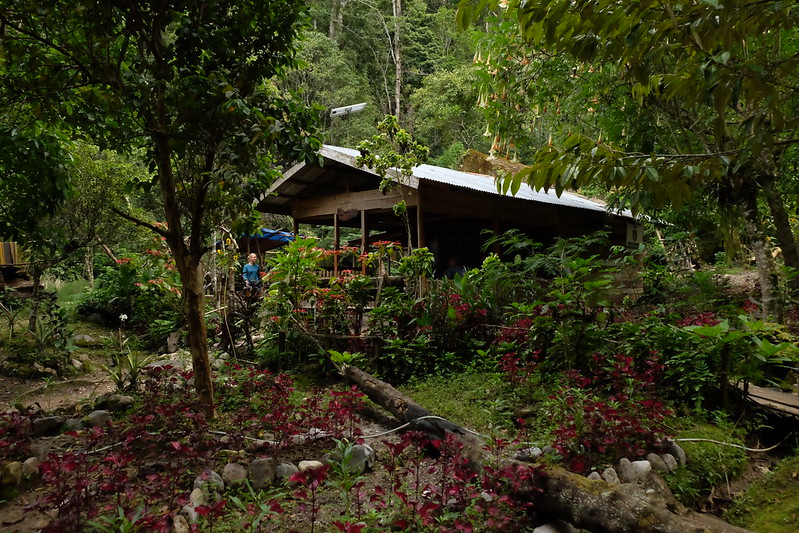





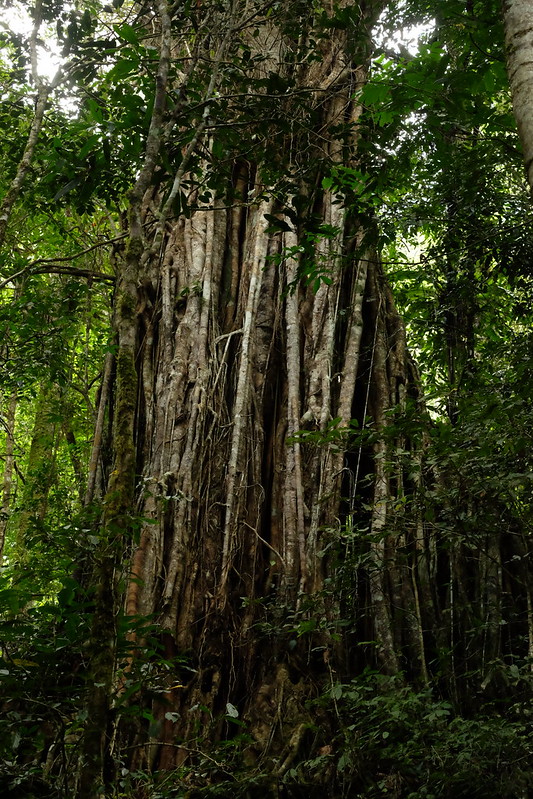
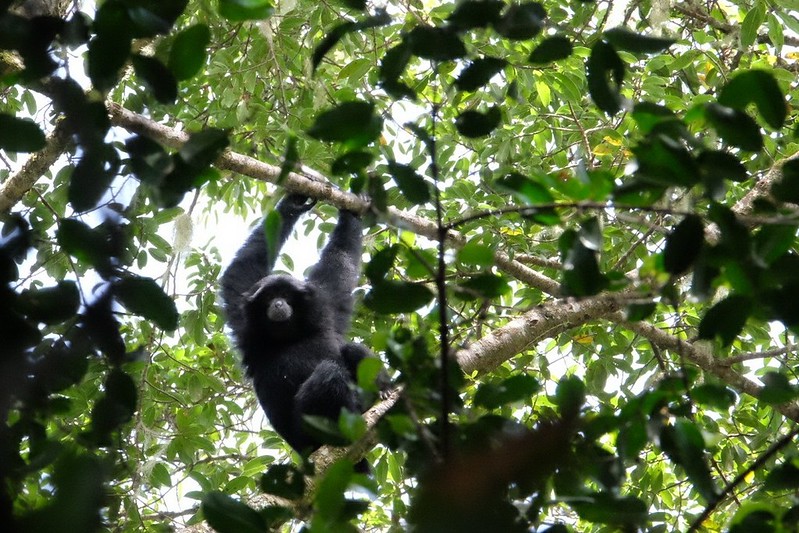
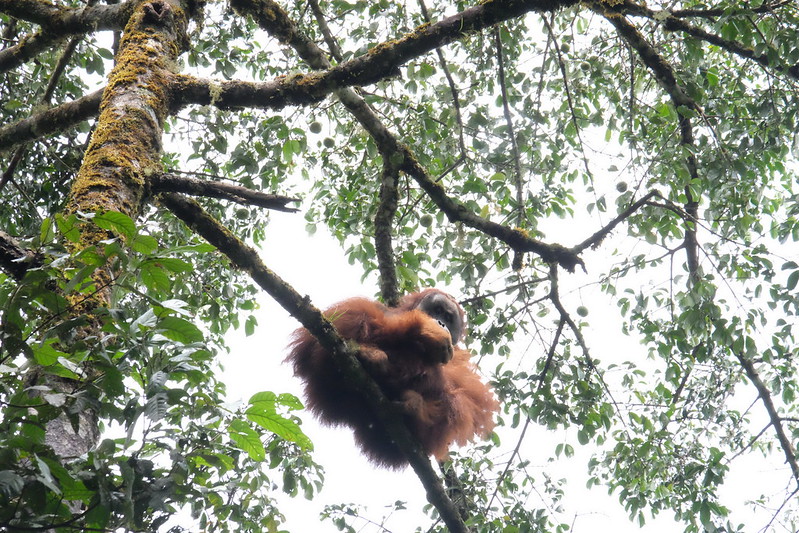










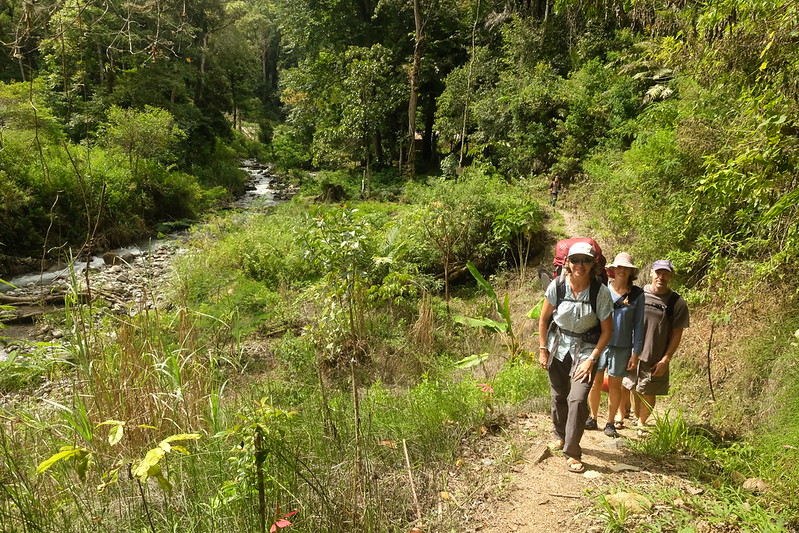

















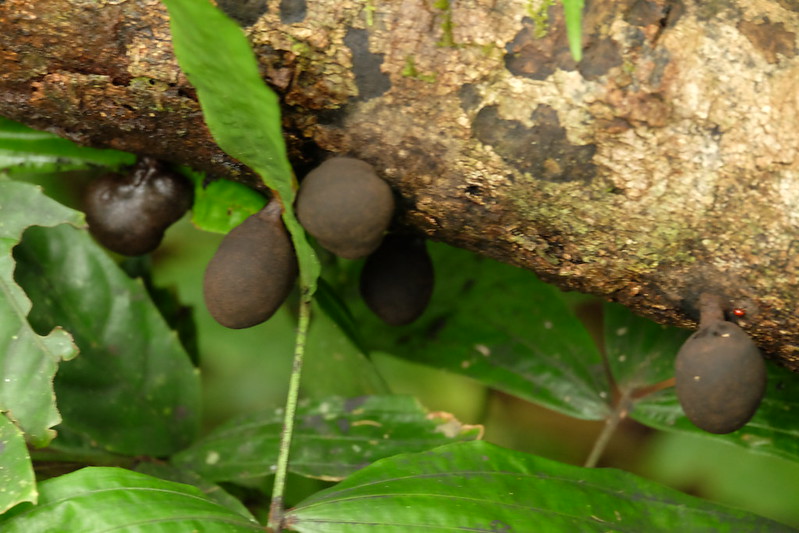
4 replies